2 Answers
### 1. **General Lighting**
- **Energy-Efficient Lighting**: Traditional incandescent and fluorescent bulbs are being replaced by LED bulbs, which consume significantly less power and have longer lifespans. This transition is not only environmentally friendly but also reduces electricity bills for consumers.
- **Smart Lighting**: LEDs can be integrated into smart home systems, allowing users to control lighting remotely via smartphones or voice commands. Features often include dimming, color changes, and scheduling.
### 2. **Health and Wellness**
- **Therapeutic Lighting**: Specific wavelengths of LED light can promote health benefits. For example, blue light therapy is used to treat Seasonal Affective Disorder (SAD), while red light therapy is utilized for skin rejuvenation and wound healing.
- **Circadian Lighting**: LEDs can be tuned to mimic natural sunlight, supporting circadian rhythms and improving sleep quality. For instance, warmer tones in the evening can promote relaxation, while cooler tones during the day can enhance alertness.
### 3. **Architecture and Design**
- **Architectural Lighting**: LEDs are used in modern architecture to highlight features, create ambiance, and improve energy efficiency. They can be installed in ceilings, walls, and floors for dramatic effects.
- **Color-Changing Lights**: RGB (Red, Green, Blue) LEDs allow for customizable color schemes in homes and buildings, enabling users to change the mood or theme of a space easily.
### 4. **Transportation**
- **Vehicle Lighting**: LEDs are increasingly used in vehicle headlights, taillights, and interior lighting. They improve visibility, reduce energy consumption, and enhance safety with quicker response times.
- **Traffic Signals**: Many traffic signals now use LEDs due to their long lifespan and visibility in various weather conditions. They consume less energy than traditional incandescent bulbs and are less prone to failure.
### 5. **Consumer Electronics**
- **Displays and Screens**: LEDs are crucial in display technologies, including televisions, computer monitors, and mobile devices. The use of LED backlighting in LCDs improves color accuracy and contrast.
- **Wearable Technology**: LEDs are incorporated into fitness trackers, smartwatches, and clothing for notifications, health monitoring, and aesthetic appeal.
### 6. **Safety and Security**
- **Emergency Lighting**: LED lights are often used in emergency exit signs and safety lighting due to their brightness and low power consumption. They can operate for longer periods during power outages.
- **Surveillance**: Infrared LEDs are employed in night vision cameras and security systems, enabling effective monitoring in low-light conditions.
### 7. **Entertainment and Events**
- **Stage Lighting**: In concerts and theaters, LEDs provide dynamic and colorful lighting effects, allowing for quick changes and intricate designs that enhance the performance experience.
- **Holiday Decorations**: LED string lights have become a staple for festive decorations, offering energy-efficient options for illuminating homes during the holiday season.
### 8. **Agriculture**
- **Grow Lights**: LED grow lights are used in indoor farming and greenhouses to optimize plant growth by providing specific light wavelengths that promote photosynthesis. They are energy-efficient and can be tailored to different plant species.
- **Vertical Farming**: In urban agriculture, LEDs are used in vertical farming setups to maximize space and energy use, leading to higher yields in controlled environments.
### 9. **Signage and Advertising**
- **Digital Billboards**: LED technology has transformed outdoor advertising with vibrant, animated displays that capture attention more effectively than traditional signs.
- **Wayfinding Systems**: Interactive LED displays in public spaces guide people through buildings and cities, often incorporating touch screens or augmented reality for enhanced navigation.
### 10. **Innovative Art Installations**
- **Light Art**: Artists utilize LEDs to create immersive installations and interactive artworks that engage viewers with dynamic light patterns and colors.
- **Projection Mapping**: This technique uses LEDs to project images onto surfaces, transforming them into moving artworks for events, festivals, and exhibitions.
### Conclusion
The versatility of LEDs continues to inspire innovation across various fields. Their applications not only enhance functionality and efficiency but also contribute to improved aesthetics, health, and safety in everyday life. As technology advances, the potential for new uses of LEDs is virtually limitless, paving the way for a brighter, more sustainable future.
1. **Smart Lighting**: LED bulbs that can be controlled via smartphone apps or voice assistants allow for customizable brightness, color, and scheduling.
2. **Wearable Tech**: LEDs are integrated into clothing and accessories for safety, fashion, or sports performance, such as light-up shoes or jackets for visibility at night.
3. **Mood Lighting**: LED strips can be used to create ambient lighting in homes, allowing users to change colors and intensity based on mood or occasion.
4. **Health Monitoring**: Some wearable devices use LED technology for health tracking, such as heart rate monitoring through pulse oximetry.
5. **Aquarium and Plant Lighting**: Specialized LED lights promote plant growth in hydroponics and aquariums, providing the necessary spectrum for photosynthesis.
6. **Bicycle and Helmet Lights**: LEDs are used in innovative bike lighting solutions, including integrated helmet lights and illuminated bike frames for safety.
7. **Display Technology**: LEDs are used in everything from TVs to digital billboards, offering vibrant colors and energy-efficient displays.
8. **Kitchen Lighting**: Under-cabinet LED lights provide task lighting in kitchens, enhancing visibility while saving energy.
9. **Emergency and Safety Signs**: LEDs are used in exit signs, emergency lights, and road signs for high visibility and low power consumption.
10. **Interactive Art Installations**: Artists use programmable LEDs in installations to create dynamic, interactive experiences for viewers.
These examples highlight how LEDs can enhance functionality, aesthetics, and safety in daily life.

Applied Physics
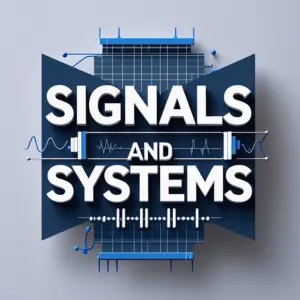
Signals and Systems

Digital Electronics
Basic Concepts
Basic Laws
Units
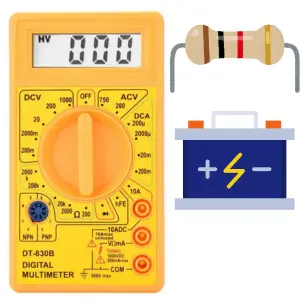
Ohmic Resistors
Capacitors and Inductors
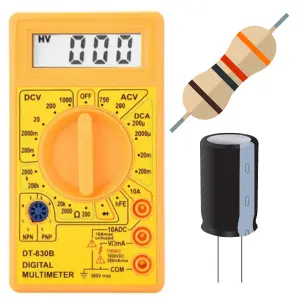
RC Circuit
First-Order Circuits
Second-Order Circuits
Principles Of Circuit Analysis
Sinusoids and Phasors
AC Steady-State Analysis
Single Phase A.C. Circuits
Three-Phase Circuits
Resonance In Series And Parallel Circuits
Network Theorems
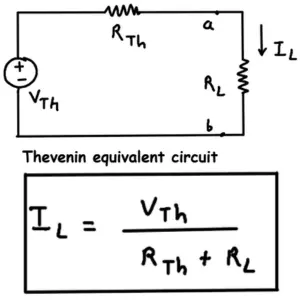
Thevenin's Theorem
Two-port Networks
Digital Electronics

Oscilloscope
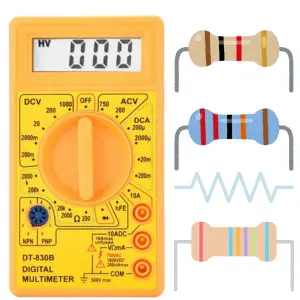
Ohmmeter
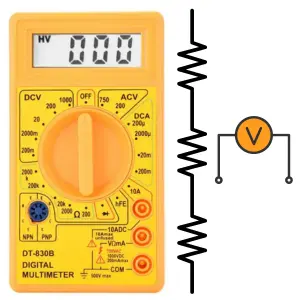
Voltmeter
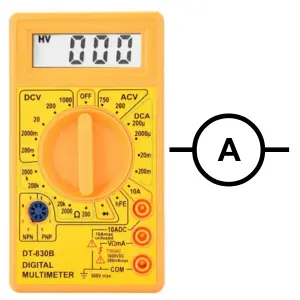
Ammeter

Induction Motor

Transformer
Operational Amplifiers
Components
Symbols
Formulas
EE Notes
EE Dictionary

MCQ Quiz

Interview Q&A
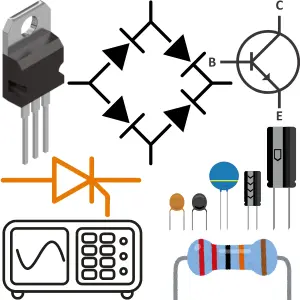
Power Electronics Book
Advanced Calculator

Basic Calculator
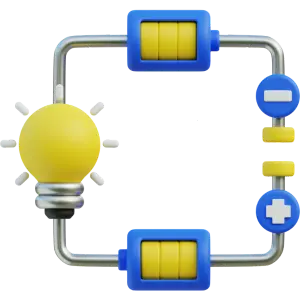
Simulator
Videos
Q&A
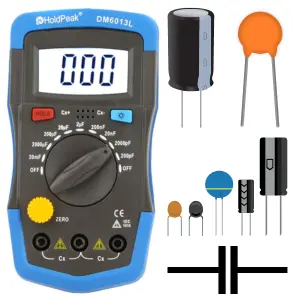
Capacitance Meter
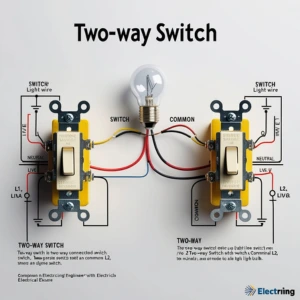
Two Way Switch
Electrical Machines
Power Electronics

Electrical Drives & Their Control
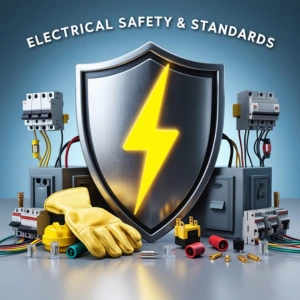
Electrical Safety & Standards
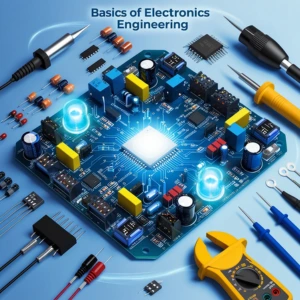
Basics of Electronics Engineering
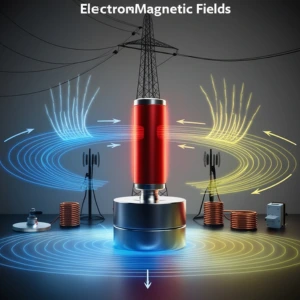
Electromagnetic Fields

Electrical Machines

More Items Coming Soon...